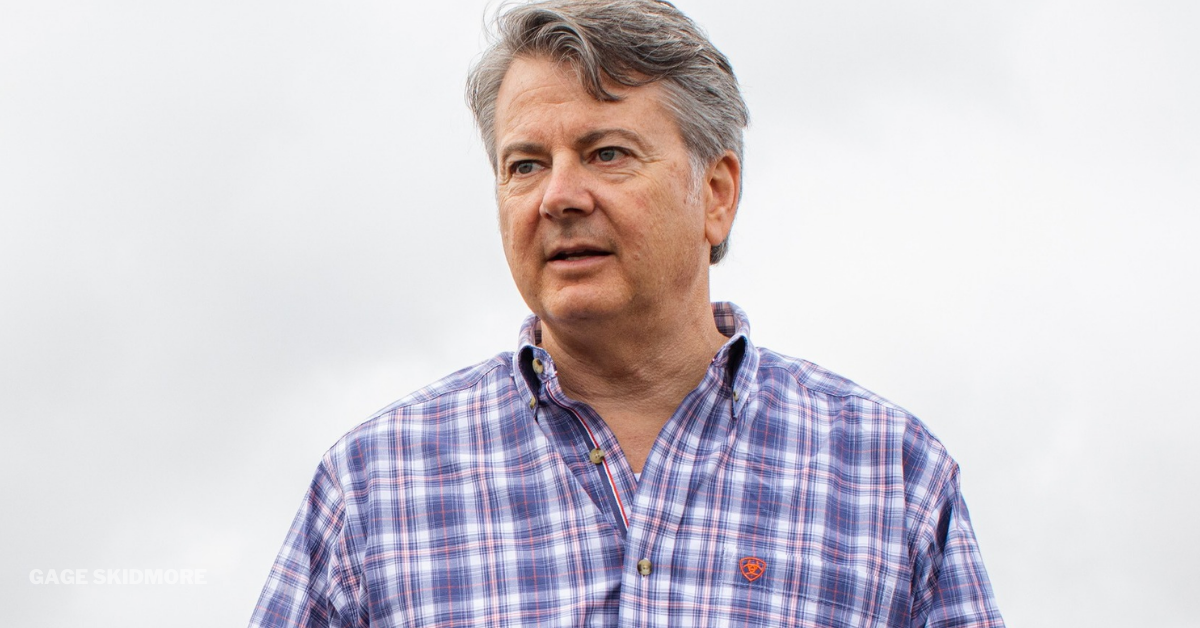Nov. 18, 2015
Dear Tommy,
Congratulations on today’s council votes. You won’t screw things up. Your team won’t. Our city won’t.
I give you a dozen quick thoughts on how this historical project might work.
1.) You need to find a writer, or writers. I suggest you do a Request For Proposal. This RFP would be prescriptive to a certain degree. For example, it would identify the writer’s boss. It would have deadlines – so many words done by this date, the whole thing done by that date. At the same time, the RFP would seek ideas from prospective writers. This writing project could go in many directions. You’ll want to consider them all.
2.) The RFP is important because you want the City Council’s buy-in on this. You want the council to vote on the winning proposal. You might even want to suggest a council Water History Writing Workshop to thoroughly vet things.
3.) The RFP is important because you want the public’s buy-in, as well. As I said in your office on Nov. 3, this is guaranteed to be an amazing story. That means it’s the people’s story. Everybody can’t be the author. But everybody who thinks she could do the job needs a chance to throw her hat in the ring. The writer should not be selected simply by a quiet executive decision.
4.) There has to be an end to the story. I sense you see that end as the grand opening for the Southeast Surface Water Treatment Plant. That sounds good to me.
5.) When is the plant expected to be done? Sometime in 2019, right? If so, that means a writer has, at best, only 200 weeks until the big day (assuming it’s fall 2019). To someone used to researching, writing and editing, that’s not much time for a story this big. I wouldn’t drag my feet on getting that RFP out.
6.) Council members no doubt will come and go over the next four years. A new mayor arrives in January 2017. I hope it doesn’t happen, but there might even be a new Public Utilities director in those three to four years. The historical project must be flexible enough to survive these changes. That means the writer must realize that he might be replaced in mid-stream.
7.) You said to me several days ago that, ideally, the writing project would deliver a comprehensive book. Your scenario went something like this: The ribbon is cut on the Southeast plant in 2019. Someone asks the Mayor: “How did this happen?” The Mayor holds up the book: “Here. Read this.” I agree, a book is a good idea. Doesn’t Fresno State have a publishing arm? Perhaps the university would want to be a partner is this. After all, it was Fresno State and Ashley Swearengin (via the Regional Jobs Initiative) that got the water technology center off the ground. The book and the story it tells will complement that center.
8.) At the same time, I don’t see a book as the most important part of this writing project. I’ve thought the writer might tackle the story in episodes. These episodes (or accounts, or vignettes, or sections – whatever you want to call them) would be 500 to 600 words each. I can easily see 400 such episodes – the story is that rich even to a layman like me. Not all would go into the book. The book would have a different structure and tone. Its tale would be tight (as editors are wont to say). But all episodes would be posted as they’re written on a City Hall web page. In other words, the story would unfold piece by piece, week by week, milestone by milestone, for all to see. The reading public would respond. The story’s content no doubt would change to reflect this input. It would truly be “our” story.
9.) I would write a story rich in context. Those Supreme Court decisions from the mid-20th century that you mentioned – they would be in there. Those big pipes to connect our two rivers to our two treatment plants – how do they get those pipes in the ground? And who are the city employees who are helping change the way Fresno consumes water? A representative sampling of their dedicated efforts would be in the story. All this just scratches the surface of what we can tell.
10.) I would write a story that included episodes devoted to selected people. Former Fresno County Supervisor Doug Vagim, for example. I would sit with Doug at the Chicken Pie Shop, turn on my tape recorder and have him talk about water and politics.
11.) Money. This would be a fulltime job. It might work best if the writer (writers) weren’t city employees. That would leave a simple contract with a set amount. I have no idea what’s fair. Perhaps grants might help fund the job. The state is loaning hundreds of millions of dollars to fund the various water projects. It’s in the state’s interest to get the story told in detail, showing the public how such government ventures work wonders. Maybe a Fresno State student or two, working on a graduate degree, would want to get involved for a modest stipend (and a good grade at the end).
12.) Finally, I’m not the right person, Tommy. I know – I said I was that day in your office. But on second thought, I know I would fail. The writer-editor relationship is pivotal in any writing venture of size. Trust me, I know from experience. It’s pure joy when writer and editor are working as a team. It’s pure hell when they lose trust in each other. I’ve covered the City Hall wars for a long time. I’ve made enemies, and that’s not too strong a word. Me as the writer simply wouldn’t work. And that means it wouldn’t work for the people. You need a fresh face with talent, youth and energy to burn. She’s out there.
Good luck, Tommy.
George Hostetter








